Cultural Treasures of Beijing Unveiled
Join us on a captivating journey through Beijing's rich history and vibrant culture with this free walking tour that uncovers hidden gems and iconic landmarks.
Time
3 Hours
Stops
9 Places
Distance
6.7 km
The Lama Temple (Yonghe Temple)
This renowned Tibetan Buddhist temple is an architectural marvel and a spiritual hub, making it an excellent starting point to explore Beijing's cultural heritage.

The Lama Temple (Yonghe Temple) (Source: Google Maps)
The Lama Temple, or Yonghe Temple, is a renowned Tibetan Buddhist temple established in the 17th century. It showcases exquisite architectural styles blending Han and Tibetan influences. The temple houses a stunning 18-meter tall statue of Maitreya Buddha carved from a single piece of sandalwood, symbolizing peace and compassion. As a significant spiritual site, the temple attracts thousands of visitors and worshippers who come to admire its intricate murals, colorful prayer flags, and sacred relics. The temple's serene ambiance and rich history make it a vital part of Beijing's cultural heritage.
Wudaoying Hutong
Known for its charming alleyways and traditional courtyard homes, Wudaoying Hutong provides a glimpse into the local lifestyle with a modern twist.
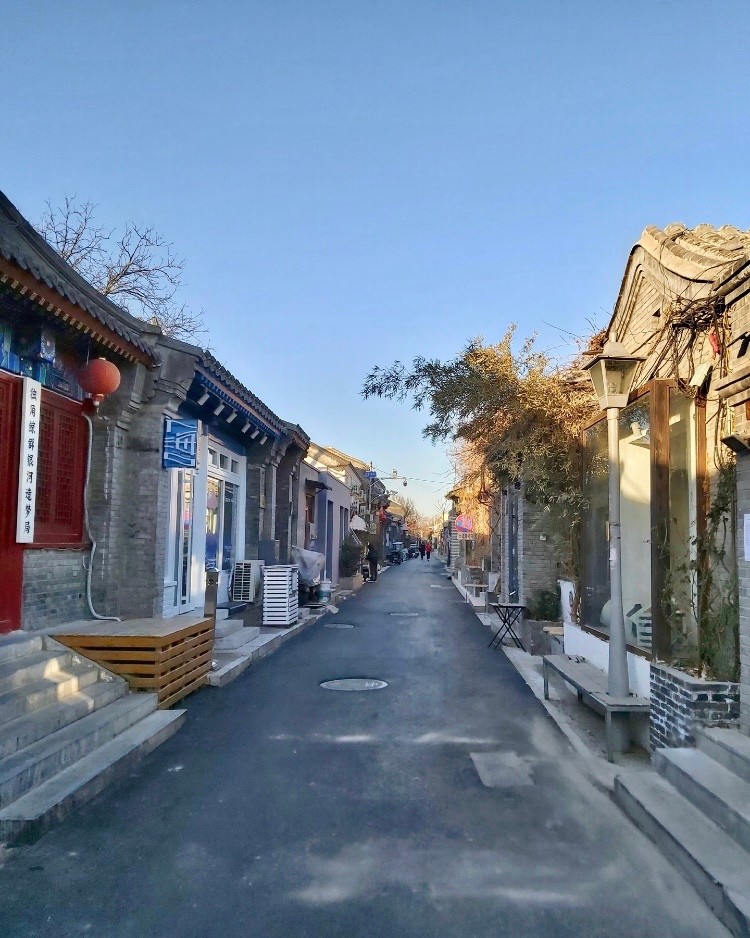
Wudaoying Hutong (Source: Google Maps)
Wudaoying Hutong is a picturesque alley that reflects the traditional lifestyle of Beijing, featuring charming courtyard homes and modern cafes. This historic area has been revitalized in recent years, blending the old with the new. Visitors can explore boutique shops, art galleries, and eateries that serve both traditional and contemporary cuisine. The hutong's narrow lanes are perfect for leisurely strolls, allowing visitors to immerse themselves in the local culture while enjoying the vibrant atmosphere. As a living representation of Beijing's urban evolution, Wudaoying Hutong offers a unique glimpse into the city's past and present.
Confucius Temple and Guozijian Museum
Just a short walk from the Lama Temple, this site offers insight into Confucian philosophy and China's ancient educational traditions.
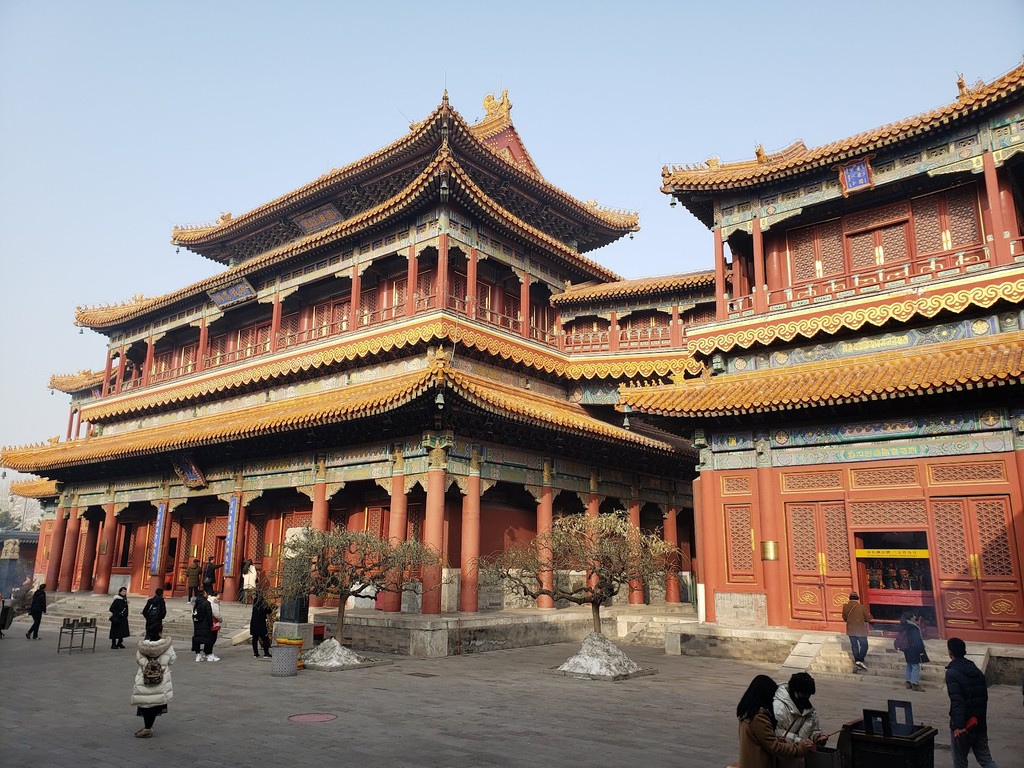
Confucius Temple and Guozijian Museum (Source: Google Maps)
The Confucius Temple, dedicated to the great philosopher Confucius, is one of the largest temples of its kind in China. Built in the 14th century, it served as a place of worship and a site for scholars to pay homage to Confucius. Adjacent to the temple is the Guozijian Museum, which was once the Imperial Academy where scholars studied Confucian texts. The museum showcases ancient educational artifacts and provides insight into China's rich intellectual history. The temple's majestic architecture, with its intricate wooden carvings and tranquil gardens, creates a peaceful environment that highlights the importance of education and moral values in Chinese culture.
Nanluoguxiang
This vibrant and historic alley is famous for its well-preserved traditional architecture and lively atmosphere, featuring numerous shops and eateries.
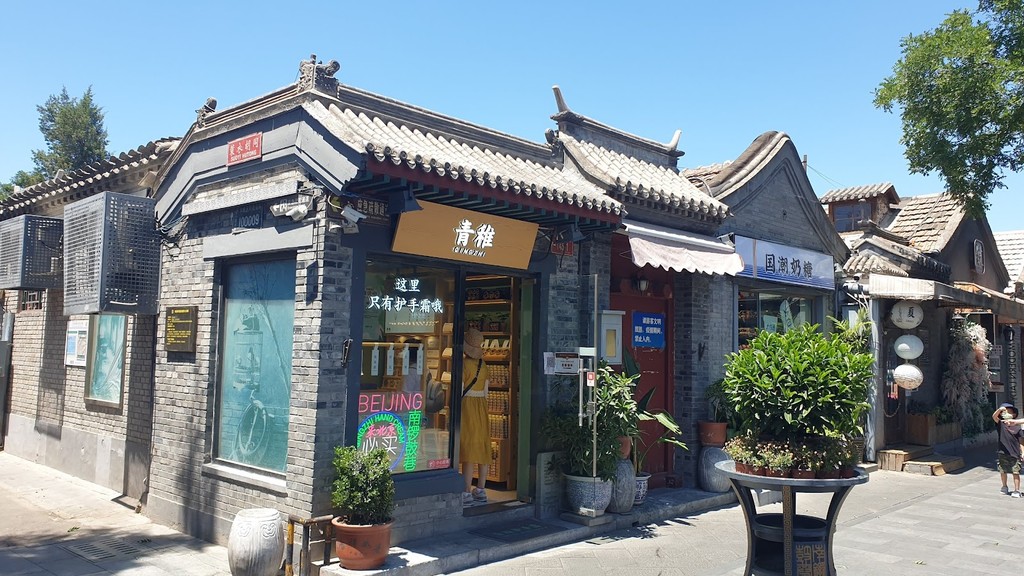
Nanluoguxiang (Source: Google Maps)
Nanluoguxiang is a historic alley that embodies the essence of Beijing's cultural heritage. With its well-preserved traditional architecture, the area features a mix of shops, cafes, and restaurants that attract both locals and tourists. The alley dates back to the Yuan Dynasty and has evolved over centuries, maintaining its charm while adapting to modern trends. Visitors can enjoy a delightful atmosphere filled with street art, handmade crafts, and local delicacies. Nanluoguxiang serves as a vibrant hub for social interaction and cultural exchange, making it a must-visit destination for those wanting to experience the heart of Beijing.
Drum Tower (Gulou)
A short walk from Nanluoguxiang, the Drum Tower offers panoramic views of the city and a fascinating history of timekeeping in ancient China.
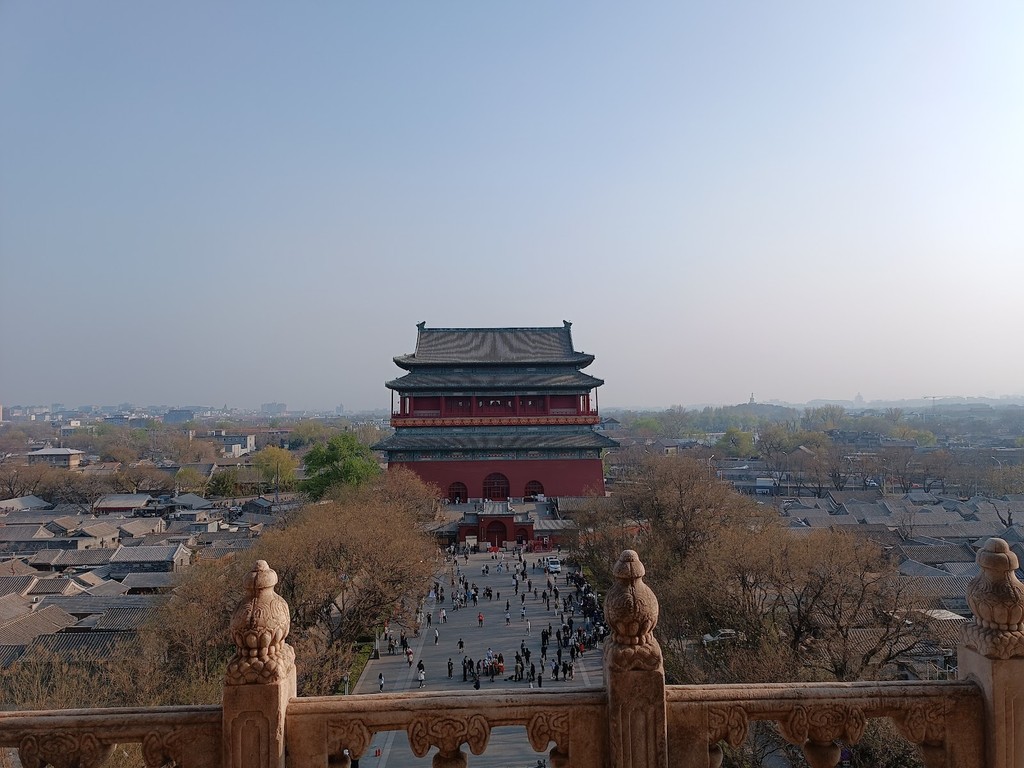
Drum Tower (Gulou) (Source: Google Maps)
The Drum Tower, known as Gulou, is a historic structure built in the 13th century that played a crucial role in Beijing's timekeeping. The tower houses a large drum that was traditionally struck to signal the time and mark significant events. Standing at 47 meters tall, it offers panoramic views of the surrounding area, making it a popular spot for photography. The architecture reflects classic Chinese design, with ornate details and vibrant colors. Today, visitors can learn about the history of the Drum Tower through informative exhibits, while enjoying the lively atmosphere of the nearby hutongs and markets.
Bell Tower (Zhonglou)
Adjacent to the Drum Tower, the Bell Tower complements its counterpart with its own rich history and impressive architecture.
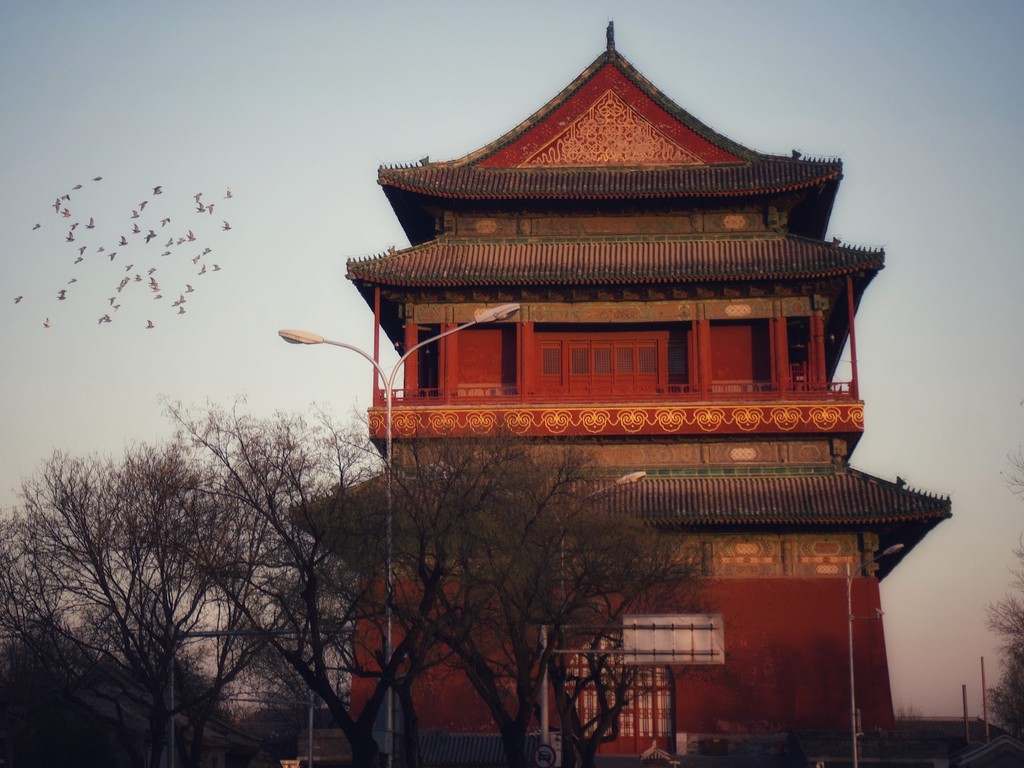
Bell Tower (Zhonglou) (Source: Google Maps)
The Bell Tower, or Zhonglou, complements the Drum Tower and is equally significant in Beijing's historical landscape. Constructed in the same era, it was used to signal the time with its large bell. The tower stands at 47.9 meters and features traditional Chinese architectural elements, including a striking red and gold color scheme. Visitors can ascend the tower for breathtaking views of the city and gain insight into its historical importance. The Bell Tower serves as a reminder of the city's rich cultural heritage and the evolution of its timekeeping methods, making it a fascinating stop on any exploration of Beijing.
Houhai Lake
This scenic area is perfect for a leisurely stroll, with its tranquil waters and surrounding hutongs offering a peaceful respite from the bustling city.
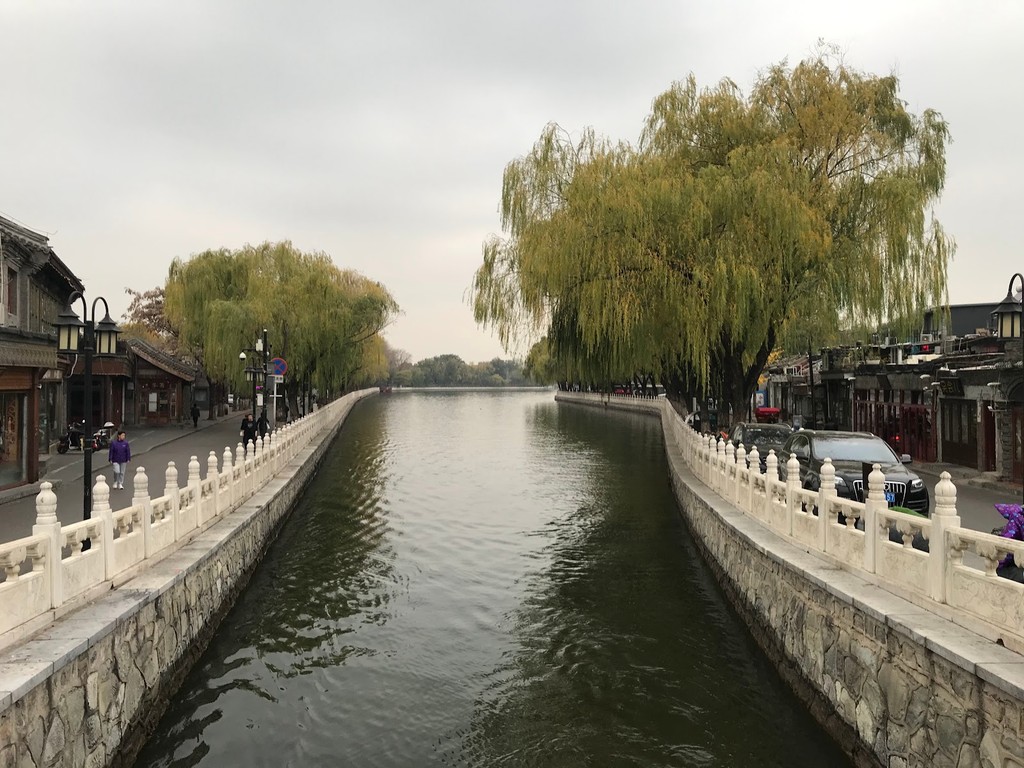
Houhai Lake (Source: Google Maps)
Houhai Lake is a scenic area that offers a serene escape from the bustling city of Beijing. Surrounded by traditional hutongs, the lake is a popular destination for leisurely strolls and boat rides. The area is rich in history, having been a royal retreat during the Qing Dynasty. Today, Houhai is known for its vibrant nightlife, with numerous bars and restaurants lining the waterfront. The picturesque scenery, combined with the tranquil atmosphere, makes it an ideal spot for relaxation and socializing. Visitors can enjoy the beauty of the lake while immersing themselves in the local culture and history.
Shichahai
Near Houhai, Shichahai is a historic area with beautiful lakes and traditional courtyards, ideal for exploring Beijing's cultural landscape.
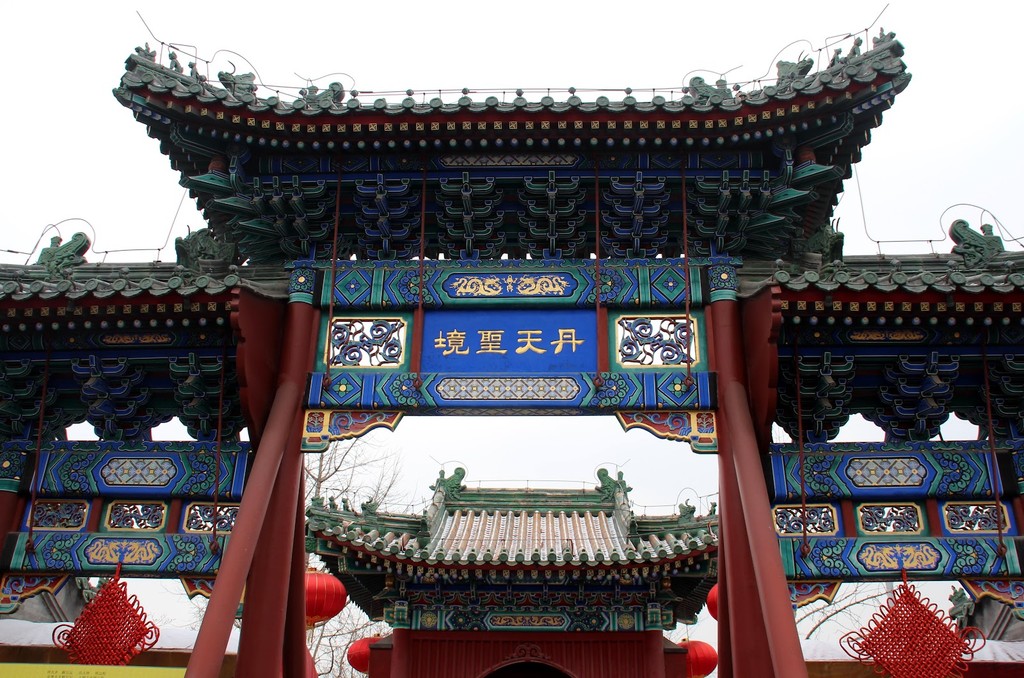
Shichahai (Source: Google Maps)
Shichahai is a historic area consisting of three lakes, offering a glimpse into Beijing's past. The area is known for its beautiful landscapes, traditional courtyards, and rich cultural significance. Once a royal garden during the Ming and Qing Dynasties, Shichahai has transformed into a vibrant neighborhood that attracts both locals and tourists. Visitors can explore the charming hutongs, enjoy boat rides, and dine at lakeside restaurants. The area is also home to various cultural events and festivals, showcasing traditional Chinese arts and crafts. Shichahai's blend of history and modernity makes it a unique destination in Beijing.
Prince Gong's Mansion (Gong Wang Fu)
Concluding our tour, this well-preserved Qing Dynasty mansion provides a glimpse into the opulent lifestyle of Chinese royalty and nobility.
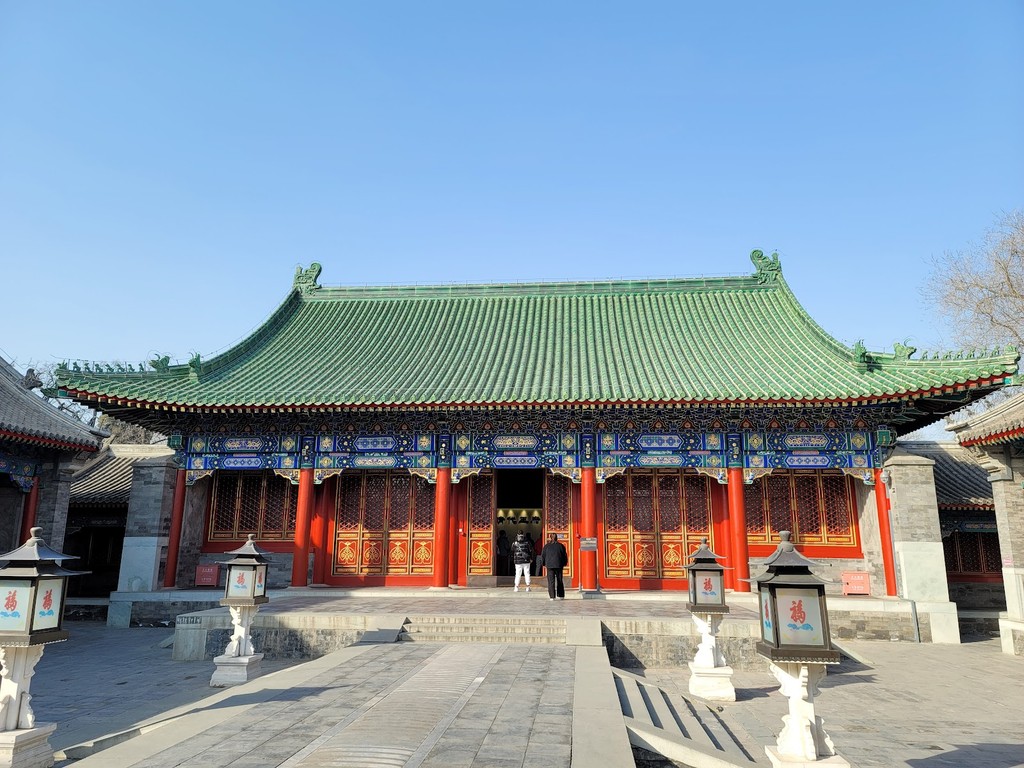
Prince Gong's Mansion (Gong Wang Fu) (Source: Google Maps)
Prince Gong's Mansion, or Gong Wang Fu, is a well-preserved example of Qing Dynasty architecture and a testament to the opulent lifestyle of Chinese nobility. The mansion was built in the 18th century and served as the residence of Prince Gong, a prominent figure in Chinese history. The complex features exquisite gardens, traditional pavilions, and intricate decorations that reflect the artistic achievements of the era. Visitors can explore the various halls that house exhibits on the life of the prince and the history of the mansion. As a significant cultural site, Prince Gong's Mansion offers insights into the grandeur of imperial China and the lives of its elite.
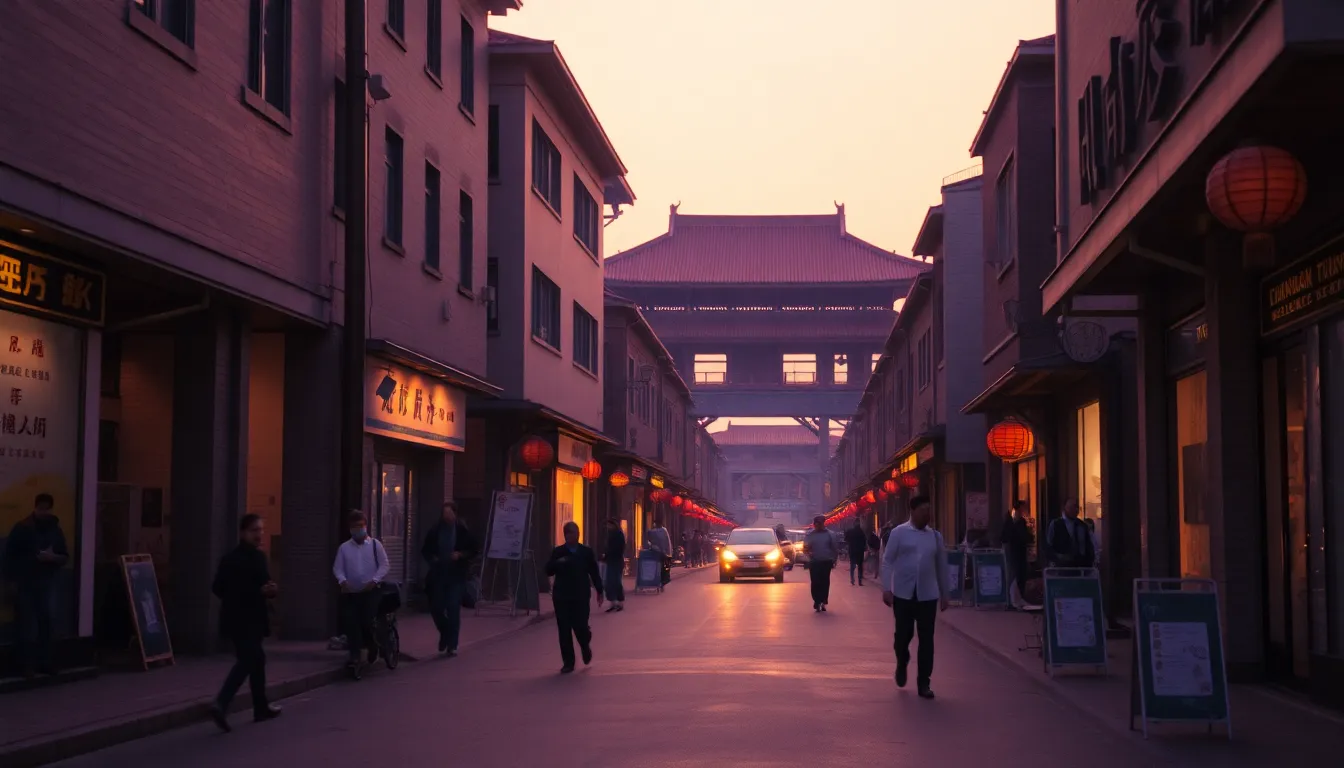
Your travels, your rules.
Create your own Free Walking Tours.
Set your preferences, distances and anything you want to do or see.
Completely free, no payment required.